I was born in 1976 in Sofia, Bulgaria where I live until now. The moment that changed my perceptions of the world and opened my senses to the surrounding realm was the moment of giving birth to my daughter in 2009.
I don’t try to rationalize the fact that my passion to photography was born together with my girl, but the love I felt provoked and sharpened my whole existence. That is how it all started – no one else could see my daughter the way I did. So beautiful she was.
For those four years up to the moment photography is my way to enjoy the world, to share the beauty and to love and feel loved. It’s my manner to feel an artist next to being a lawyer all day long. My imagination is drawn by every detail I see or feel, my passion for life is enhanced with each captured moment and I shoot just everything. Recently I experiment working with different films in square format. I inherited unique Rolleiflex, produced in the 40s. Great camera! So thank you all for your attention and thank to those who are criticizing me, helping me to become better and broaden my horizons.
“Photography like onion”
The view of women photographers has always been a little more honest. Men staged their bitter illusions even when filming reality as it is. Sylvia’s photographs are exposed as an onion. They call small, quiet tears that no one will see, and so i unnoticeably, establish an intimate relationship with the viewer, while the world around freezes for a moment in silence. In this magical serenity strong feelings are absent as they are typical of the theater. Therefore is missing that tedious theatric drama, so popular in todays’ commercial and art photography.
The authors’ view reveals the feelings of a woman invoked by the touch with every detail surrounding her. Routine has lost its crushing banality and is turned into a moment of celebration for the senses when a simple vase reveals much more than it is, standong on an empty window and a child’s game becomes a metaphor of the search for identity and place in the world. Like in the works of Annie Leibovitz and Margaret Bourke-White the man is placed in the center of this sad world, even when his human figure is absent. The nakedness of objects is never erotic, but natural, such as it actually should be, part of us, part of the so imperfect, torn by contradictions nature. The thin red line stands out mostly in the clash between the expectations of society and the individuality that occurs when we are alone with ourselves, undisturbed by the outside world. Just like Diane Arbus, with this difference, however, that with Sylvia eccentricity has lost its weirdness and has became a common human, indispensable part of everyday life. As if the author wants to tell us that today there is nothing stranger than wanting to be yourself.



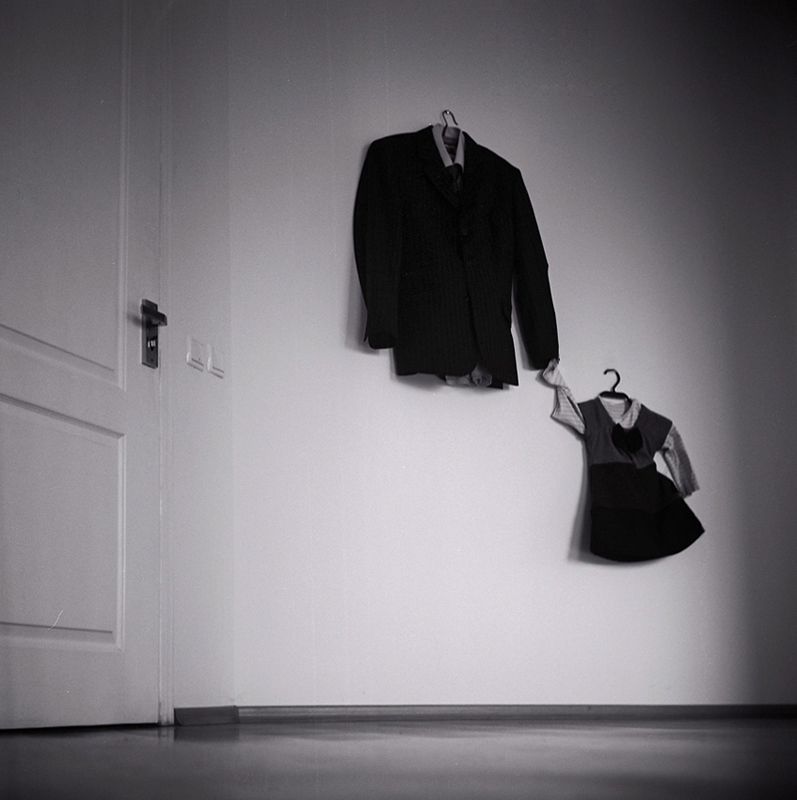
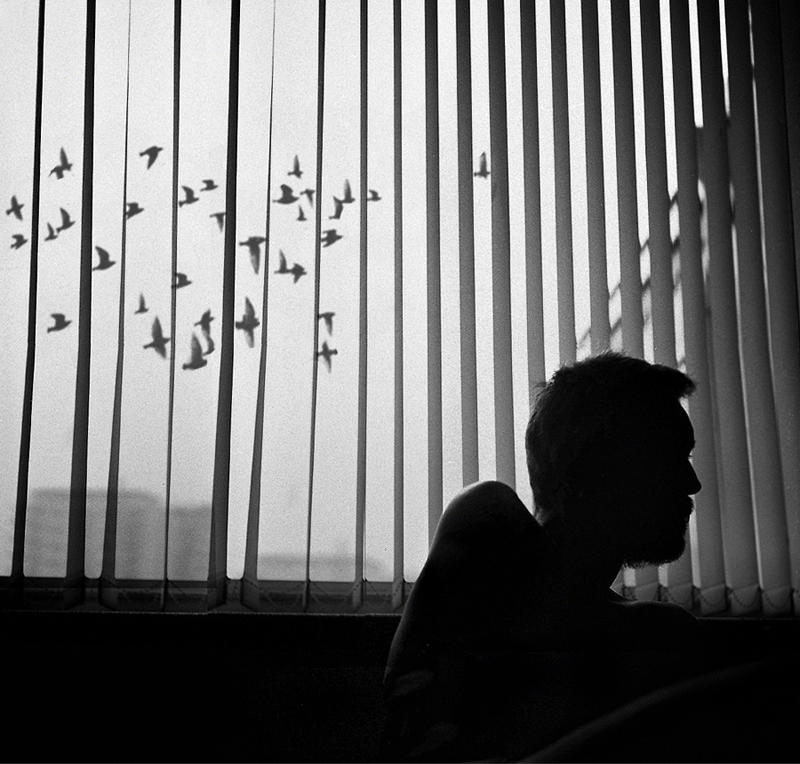
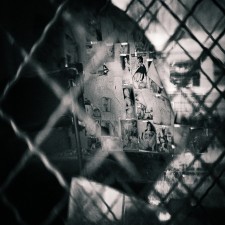
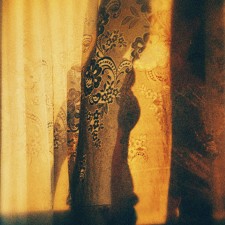
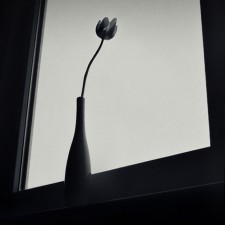
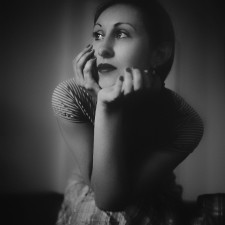
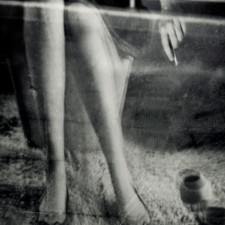
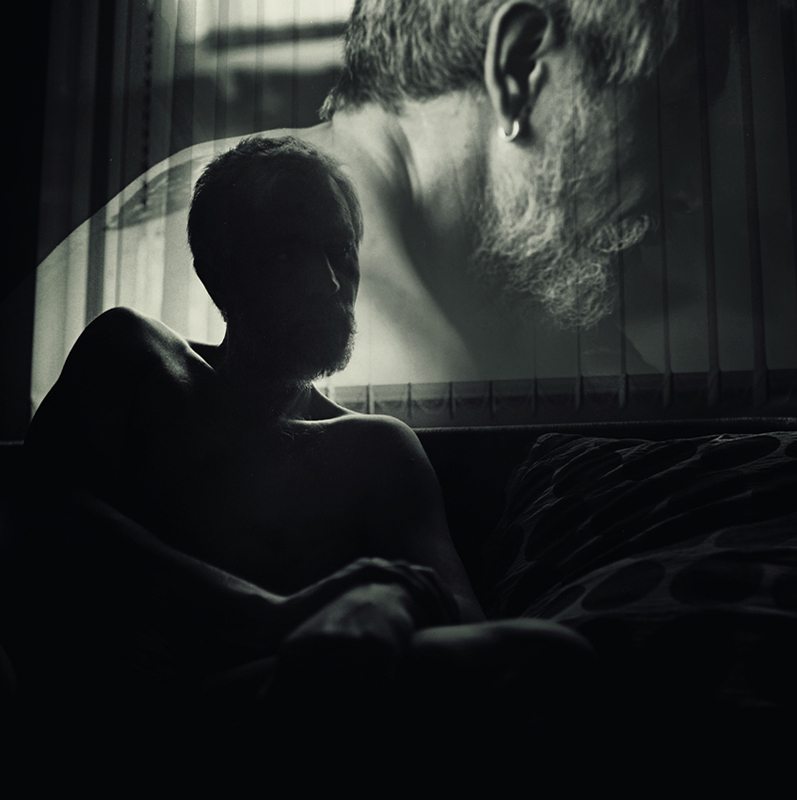
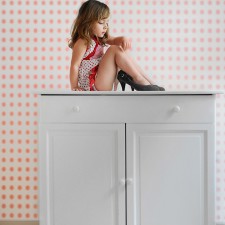
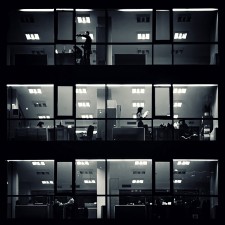

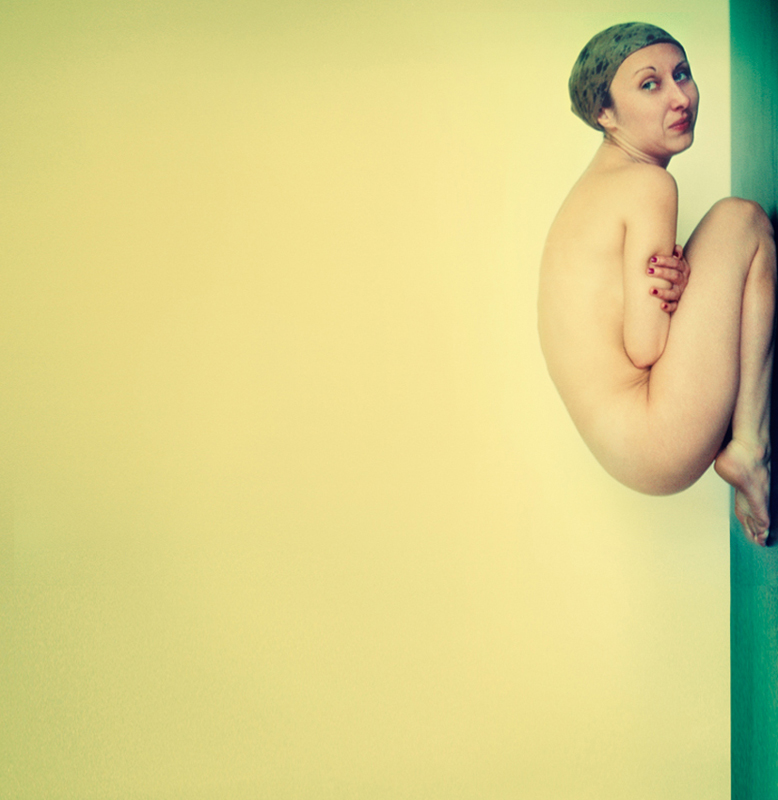
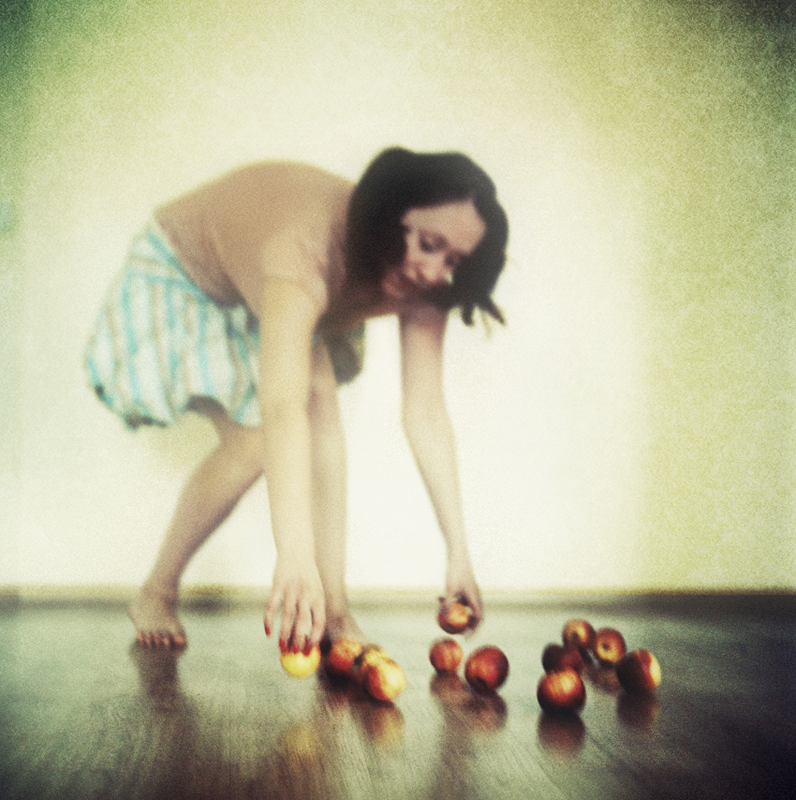




2 comments
Janssens serge
Jul 5, 2013 at 10:16
Une analyse philosophique et photographique très intéressante faite par Silvia “”être sois-même deviendrait -il à la limite du possible dans la société actuelle “”.Regarder dans votre entourage et dans vos intimes et vous aurez la réponse ?
Mes félicitations Silvia pour le travail accompli,et qui n’est certainement pas encore consommé .Bon courage !!!!!!
Comments are closed.